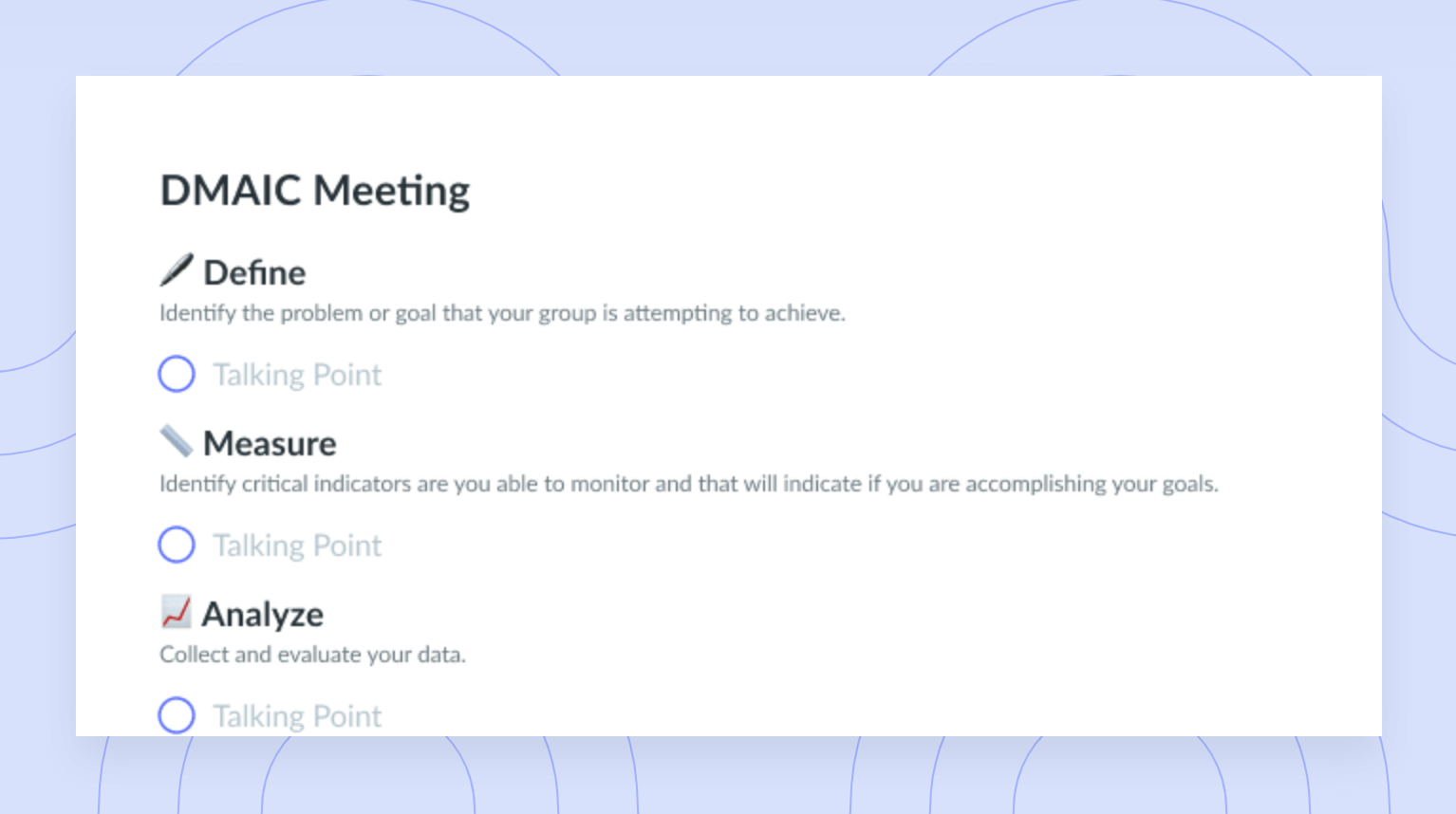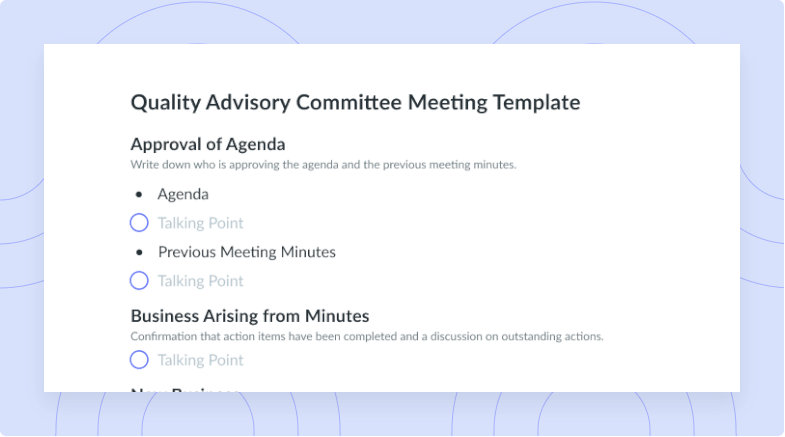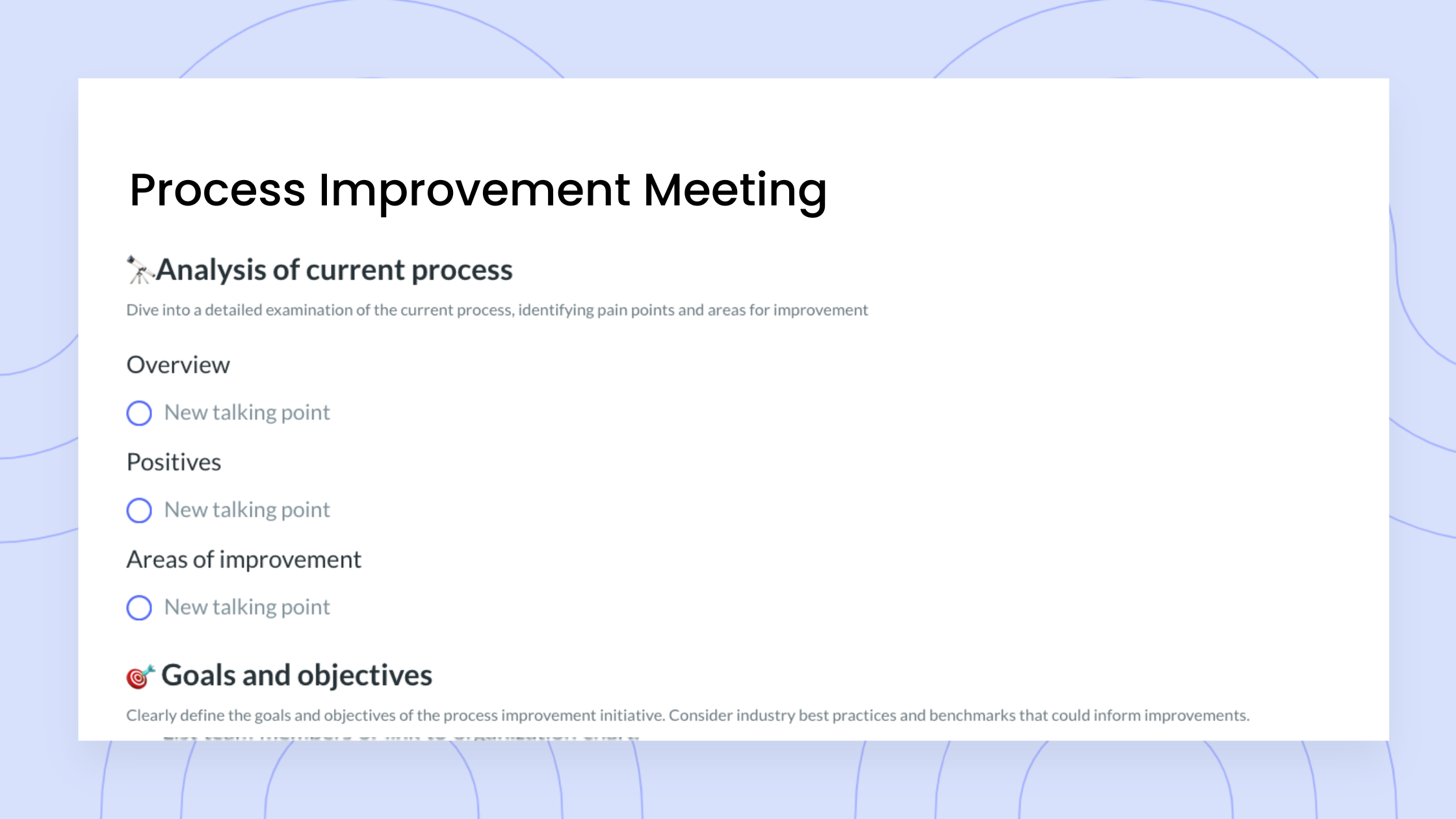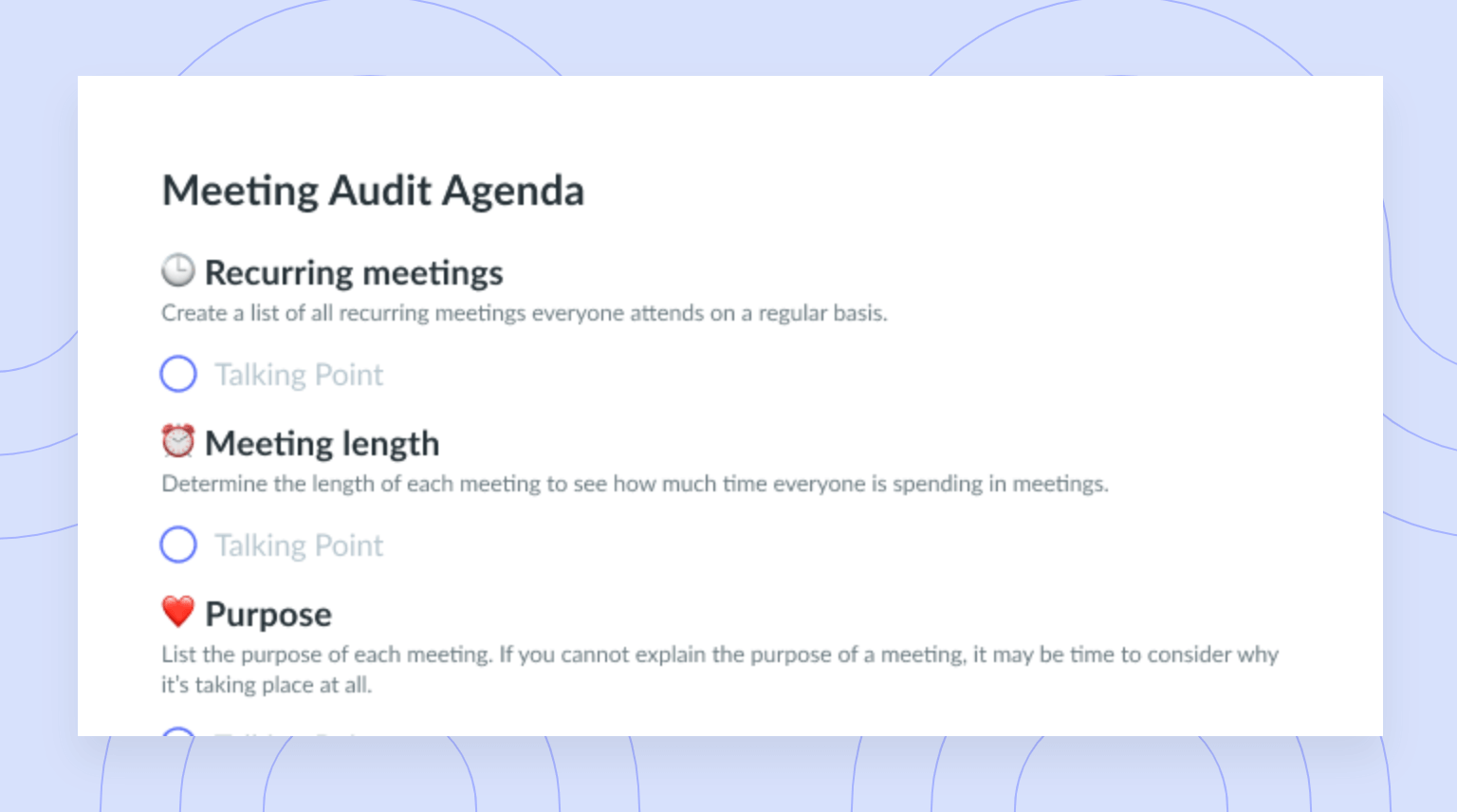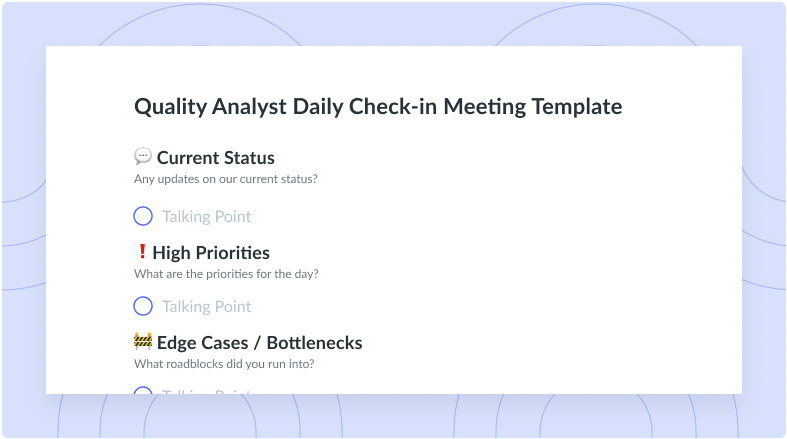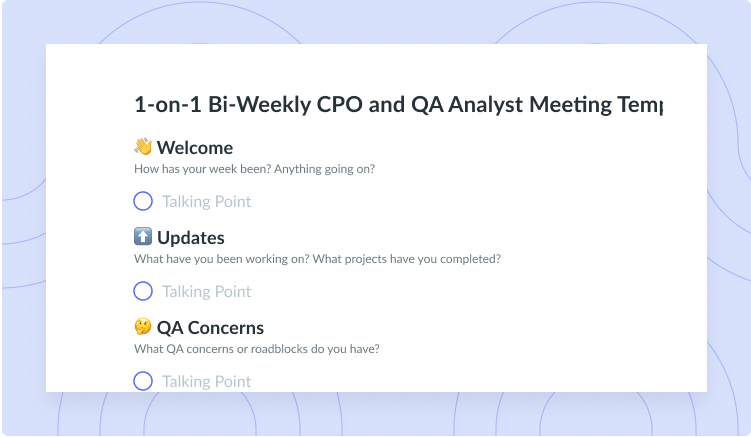Process Improvement: What It Is & the 7 Methodologies
Learn what process improvement is and how you can use it to make things easier for your team, including 7 methodologies!
As a manager, you’re always looking to make things more efficient, so you’ll probably love process improvement once you learn about it. The name, after all, says it all: You’re improving your processes, which means you’re making them more efficient. So, then, what is process improvement, exactly? Read on to find the answer, as well as some advice on how to implement process improvement.
- What is process improvement?
- Why should your team focus on continuous process improvement?
- 7 commonly used process improvement methodologies
- 5 jobs in process improvement
What is process improvement?
Process improvement is a method for bettering your existing business processes. It involves carefully looking at what’s working and what’s not, then making changes so your team can perform at its best. Process improvement techniques are easy ways to reduce waste and ensure your team can meet your business goals on time.

Streamline your meeting processes for better collaboration and productivity
Level up your meeting habits to boost engagement and productivity with a collaborative meeting agenda. Try a tool like Fellow!

Why should your team focus on continuous process improvement?
As the name implies, continuous process improvement means constantly identifying, analyzing, and improving business practices. This way, your team can make small, incremental changes to a process instead of completely overhauling it.
Stacey Harmon, Digital Productivity and Organization Consultant, explains why daily process review is so necessary. “Process” (review) new inputs (things you keep for whatever reason) DAILY,” Harmon says. “Get in the habit of allocating up to 30 minutes a day for this. Processing is essential to understanding the landscape of what’s on your plate. Make time for it. It’s transformative.”
Read on to learn the many benefits of continuous process improvement.
Using employee and financial resources in the best way possible
The number one benefit of any process improvement practice is how much it saves your organization in the long run – in both time and money. Continuous process improvement pushes you to see where your team is allocating your resources. If you’re not getting a great return on investment from your team or resources, it might be time to make some changes.
Speed up processes with automation
If you’re trying to cut waste, automation is the way to go. And through continuous process improvement, you can see which menial tasks are taking up the most team bandwidth. So go ahead and automate those changes – for example, learning how to automate stand-up meetings can save precious time, every time.
Fix mistakes before they happen
Continuous process improvement can give you a pretty good sense of which errors in your team’s work are recurring. If you take the time to identify these mistakes, you can more easily stop them from happening. This is yet another great way to cut waste, save time and money, and streamline your team’s workflows.
Improve your process, improve your product
Ongoing process improvement also forces you to see whether all your hard work is truly resulting in a high-quality end product. Continuous process improvement can help identify any minor tweaks you need to make or any products you should stop making. This can give your organization a leg up on the competition and lead to long-term success through customer satisfaction.
7 commonly used process improvement methodologies
There are a range of process improvement methods out there, and one of them will probably work better for you than the others. Read on to find out which one is right for your team.
- Kaizen
- PDCA cycle
- Value stream mapping
- Total quality management (TQM)
- Theory of constraints
- Process mapping
- Six Sigma
1Kaizen
The Kaizen technique focuses on increasing productivity with slight changes in day-to-day workflows. It involves lean and agile management practices that balance consistency and flexibility. The Kaizen method works as follows:
- Finalize project goals or business goals for a period.
- Analyze the current processes for it and find improvement areas.
- Try out some changes.
- Study the results and adjust as needed.
- Record everything for future reference.
2PDCA cycle
A subset of Kaizen, the PDCA cycle serves as a helpful checklist. It stands for plan, do, check, and act. Here’s some more info about each part.
- Plan: Figure out which processes need some work and start planning solutions.
- Do: Test out the first step in your plan.
- Check: Review the results. What did and didn’t work?
- Act: Now, you’re ready to move forward. Depending on your test, you can implement your plan on a wider scale, or you can keep making revisions.
3Value stream mapping
Value stream mapping is a visual way to look at customer satisfaction with your processes. This lean process improvement technique can be great for:
- Figuring out how to better communicate your processes to your customers.
- Visualizing every step within your processes.
- Pinpointing which stakeholders are needed at each step.
- Showing your team how much their work makes a difference.
4Total quality management (TQM)
TQM is all about quality customer service. All of the below are part of how you’ll use TQM to measure customer satisfaction:
- Customer feedback
- Leadership engagement
- Employee satisfaction
- Team decision-making
- Constant innovation
5Theory of constraints
The Theory of Constraints zeroes in on the part of a process that most holds the rest back. This method puts a problem area under a microscope through the following steps:
- Locate the issue.
- See what happens when this weakness is pushed to the edge. What’s the maximum demand you can put on this process?
- Slow down all other tasks that connect to this workflow so they’re on pace with the weakest process element.
- Slowly start to increase the capacity of your non-constraining process elements.
- Continually build the capacity of your non-constraints until you’ve addressed the weakest link. Then, move on to the next biggest issue.
6Process mapping
Like value stream mapping, process mapping is a visual representation of an organization’s workflows and tasks. Sometimes referred to as a process flowchart, this technique includes:
- Defining the process you want to improve.
- Asking all team members involved in the process to present all the details.
- Going over this information to find issues.
- Creating your first draft of your map.
- Tracking any improvements and making note of what’s working.
7Six Sigma
Six Sigma helps team members climb the ladder as a way to improve all your processes. Karate belts going from green to black pave Six Sigma paths. There are two possible paths when using a Six Sigma approach:
DMAIC (define, measure, analyze, improve, and control)
- Define: Figure out which process you want to improve.
- Measure: Get all your data for this process.
- Analyze: Review the data to see what areas need help.
- Improve: Work on a solution.
- Control: Carefully, gradually put the new process into place so you don’t repeat old mistakes.
DMADV (define, measure, analyze, design, verify)
- Define: State your goals for changing the business process.
- Measure: Review customer feedback and see how it relates to your goals.
- Analyze: See how many options are available and find the best one.
- Design: Give a big-picture overview of the changes you’ll make, then put it to work.
- Verify: Confirm whether the changes were successful.
5 jobs in process improvement
If process improvement is something you’re passionate about, you might want to consider where it fits into your career path. Here are a few common jobs that focus on process improvement.
- Process analyst
- Continuous improvement specialist
- Business process analyst
- Process improvement engineer
- Operations excellence manager
1Process analyst
A process analyst is a big asset in the IT industry. These team members find ways to automate tedious tasks so your team can fry bigger fish.
2Continuous improvement specialist
Continuous improvement specialists look out for the best ways to streamline production. This role is most common in the manufacturing and engineering industries. If you take a continuous improvement specialist job, you’ll probably work closely with clients to be sure your processes meet their needs.
3Business process analyst
A business process analyst makes fact-based suggestions for process improvements. They use process mapping to power their work, and they serve as a go-between for executives and managers.
4Process improvement engineer
This role usually assists larger organizations in examining, designing, and implementing process improvements. They work closely with teams instead of flying solo, so this is a great role for someone who loves to collaborate.
5Operations excellence manager
The operations excellence manager is all about streamlining and increasing productivity. They should have a good sense of where to cut waste, and they should keep a close eye on customer feedback.
Keep things running smoothly through process improvement
Prioritizing process improvement can help your organization with just about everything, from saving money to perfecting your customer experience. With Fellow, you’ll get all kinds of process improvement tools for running customer meetings and giving (and getting) peer feedback on your processes. Explore Fellow’s tools today to take the first step toward process improvement.









